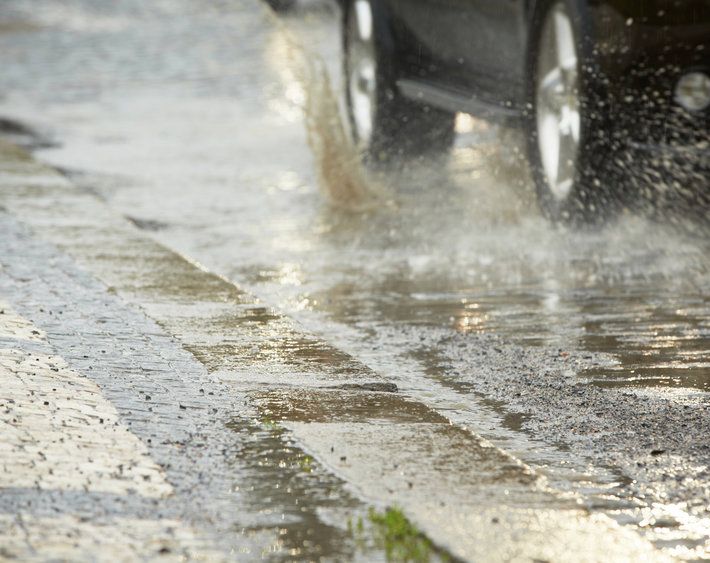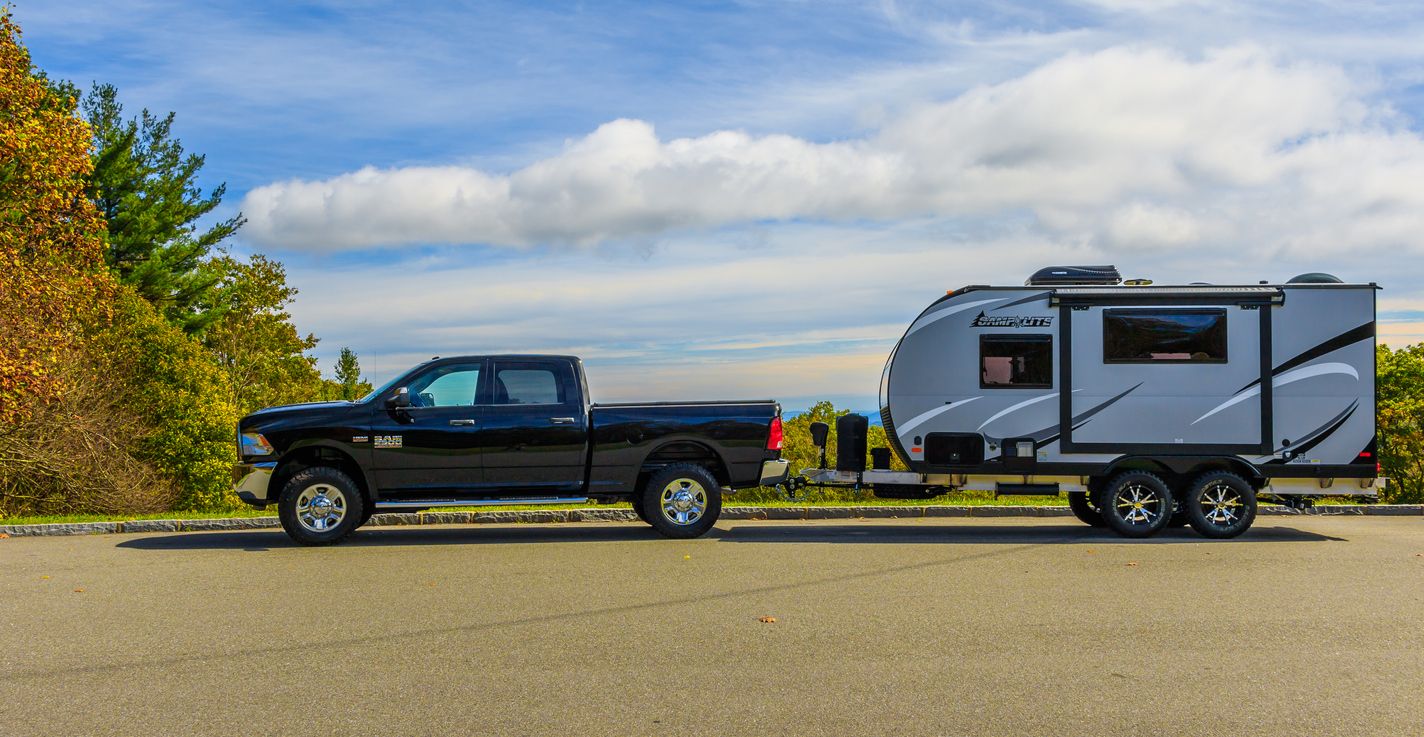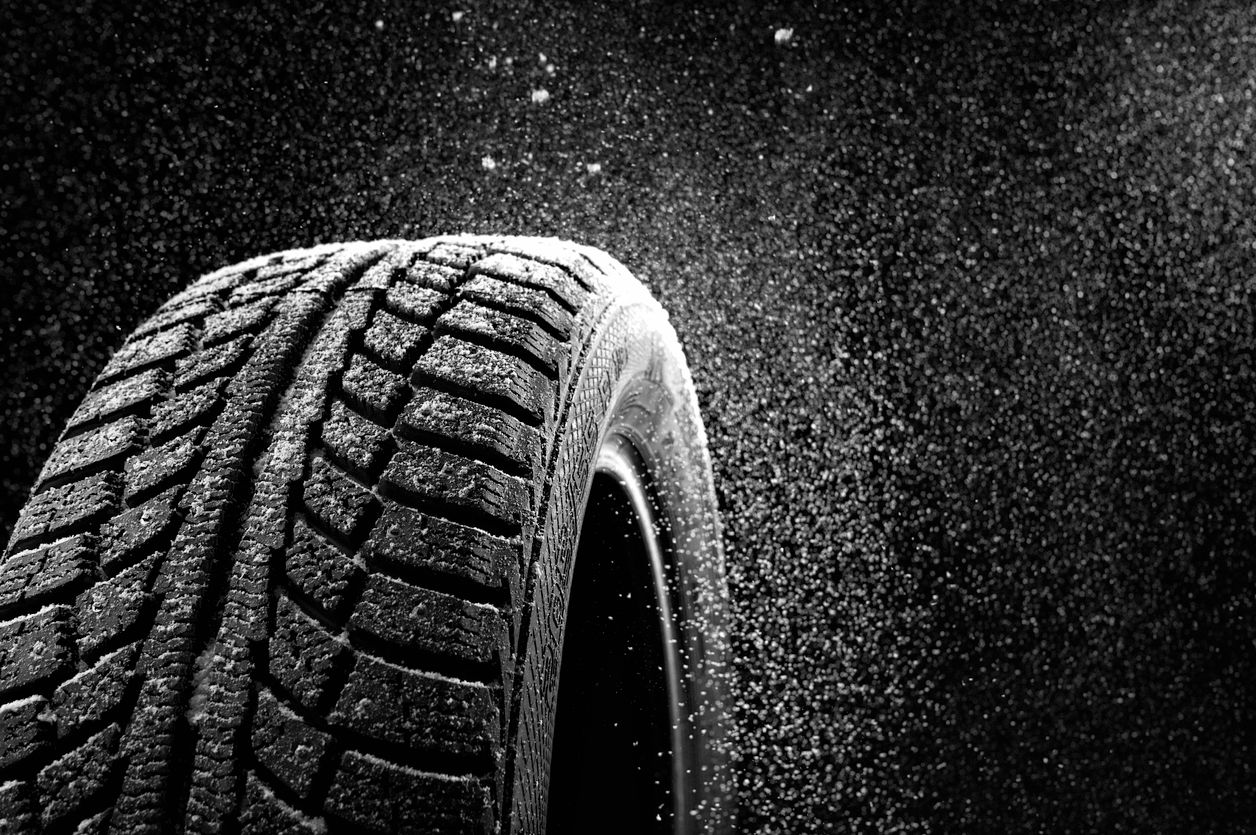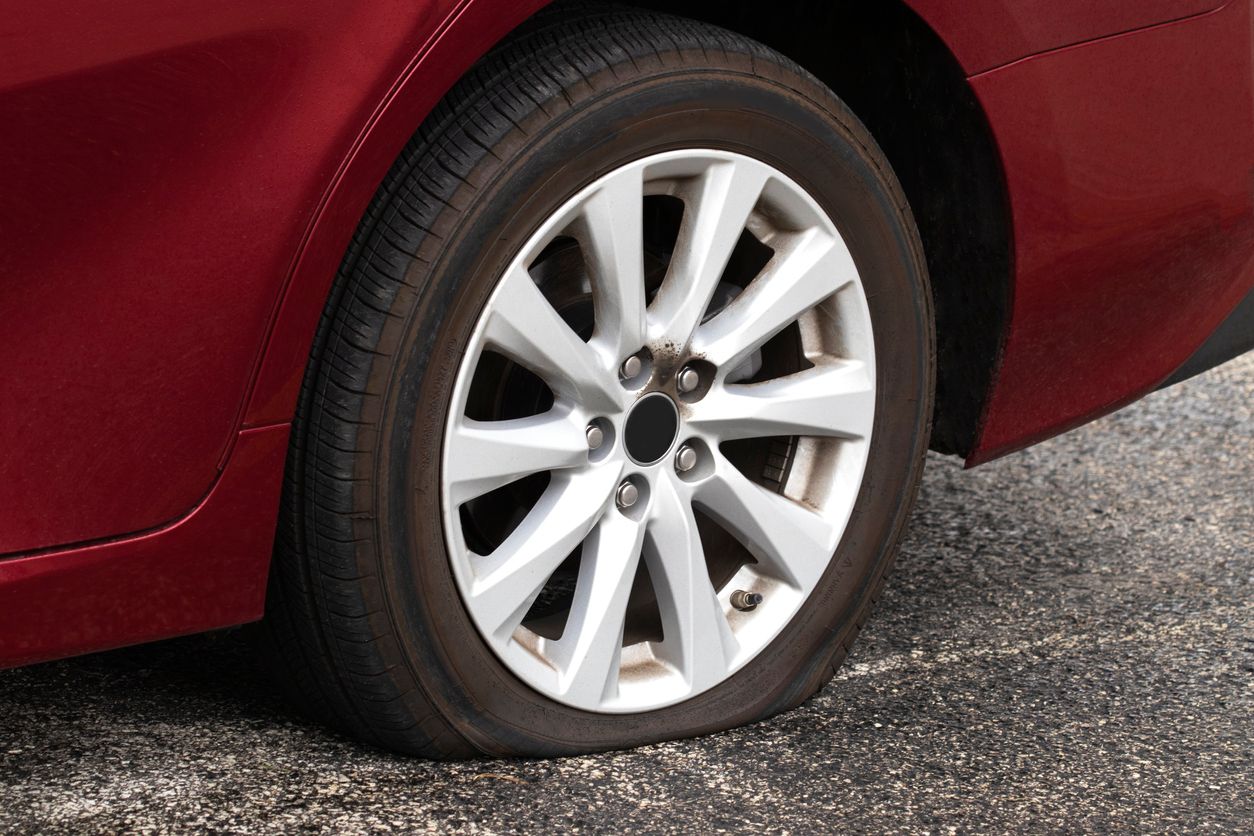There are few driving experiences more frightening than losing control of your car. While many drivers fear icy road conditions for just this reason, rain-soaked roads can sometimes prove to be even worse. Why? Hydroplaning. It's among the chief dangers created by wet driving conditions. The result? A terrifying feeling of helplessness as you lose control of your steering and braking capabilities.
Get a handle when driving in the rain with these hydroplaning safety tips.
When Does Hydroplaning Occur?
Hydroplaning occurs when your tires lose contact with the surface of the road and instead ride a film of water on top of the road’s surface. This can be dangerous since it reduces a vehicle's ability to properly grip the road, making it difficult for drivers to maintain control.
What Makes a Car Hydroplane?
Several factors can cause a car to hydroplane (namely, anything that affects tire traction), including the examples below:
Water depth: When there is more water on the road than usual, it can prevent a tire's ability to displace water and maintain contact with the road. As a result, the tires may lose grip, and the vehicle may hydroplane.
Tire Tread Depth: Tire tread helps channel water away from the tire's surface. If your tires are worn, bald, or have minimal tread, they can't effectively displace water, increasing the likelihood of hydroplaning. Fortunately, options like the Firestone WeatherGrip tire are made to better manage wet road conditions. With a tread pattern designed to cut through water, you can feel more confident when driving — rain, snow, or shine.
Driving speed: When traveling at high speeds, especially over 35 mph, your tires may be unable to displace water as quickly. This could lead to loss of traction and hydroplaning.
Tire pressure: Properly inflated tires are essential for maintaining good traction on the road. If tire pressure is too low or too high, the tire's contact with the road may become affected, increasing the risk of hydroplaning.
Vehicle weight: Heavier vehicles, such as trucks and SUVs, are typically less prone to hydroplaning. This is because the extra weight presses the tires down onto the road's surface, helping to more effectively displace water from underneath the tire and maintain better traction. In short, lighter cars are more prone to hydroplaning than heavier vehicles.
Road conditions: Roads with poor drainage, ruts, potholes, or grooves can allow water to accumulate, increasing the risk of hydroplaning. Additionally, the mixture of light rain, hot road temperatures, and oil residue on the road can create slick driving conditions.
Driving habits: Abrupt actions, such as sudden braking or sharp turns in wet conditions, can disrupt the car's inertia and cause loss of traction.
To Avoid Hydroplaning, Play It S.A.F.E.
To avoid hydroplaning while driving in rainy conditions, you should remember these S.A.F.E. tips.
S - Slow down.
You don't have to be driving especially fast to create the ideal conditions for hydroplaning. Any speed above about 35 miles per hour could put you at risk, and it doesn't necessarily have to be raining. “Wet” can mean roads that are merely damp.
A - Allow more distance between cars.
In normal driving conditions, it's best to leave a three- or four-second gap between you and the car immediately in front of you. In rainy and wet conditions, extend that length of time to give yourself more room to stop, just in case the road starts to feel like a slip 'n slide.
F - Follow in the tracks of the vehicle in front of you.
One of the reasons even damp roads can create dangerous conditions for drivers is because just a little water is enough to bring oil and other residues to the road’s surface. That makes it more difficult for your tires to maintain safe traction on the road. Following in the tracks of the vehicle in front of you means some of that slippery cocktail is being wicked away before your tires get there, leaving you with a drier (and safer) path.
E - Examine your tires.
In addition to your braking system, your tires are one of your car's most important safety features. The best tires for driving in the rain are properly inflated, rotated, and have good tread depth. They will perform much better on wet roads than under/over-inflated or worn tires. According to Consumer Reports, worn tires can be deadly on wet roads because the grooves aren't deep enough to channel water out from beneath the tread. The result? Hydroplaning.
How to Stop Hydroplaning
- Ease off the accelerator: Gently take your foot off the accelerator pedal and avoid braking. Sudden braking in these conditions can cause skidding.
- Follow the glide: Avoid gripping the steering wheel tightly, as this can cause overcorrection. Abrupt actions such as turning sharply can cause your car to skid out of control.
- Slow down: Once your tires regain contact with the road, and you feel the vehicle gaining traction, apply smooth, steady pressure to the brakes to slow down.
- Take a breath: Hydroplaning can be a terrifying experience. So, once you've successfully recovered, pull over in a safe location and allow yourself time to breathe and recalibrate.
Play it S.A.F.E with Firestone Complete Auto Care Tire Services
Even the best drivers can find themselves in the middle of a very slippery situation, especially when it's raining. Taking care of your tires helps ensure they can take care of you and do the job they were designed to do—come rain or shine. Stop by your local Firestone Complete Auto Care for a quick tire inspection, including a tread check and pressure check, or for the installation of Firestone WeatherGrip tires. Schedule your appointment today!



